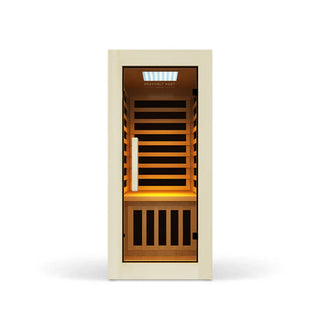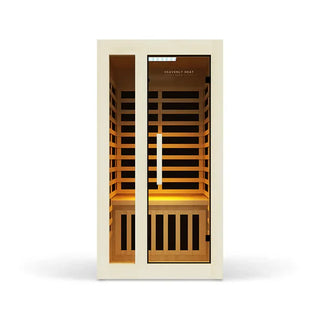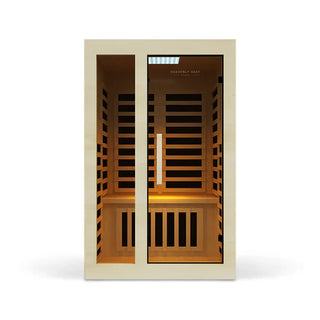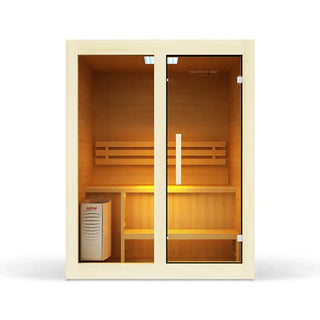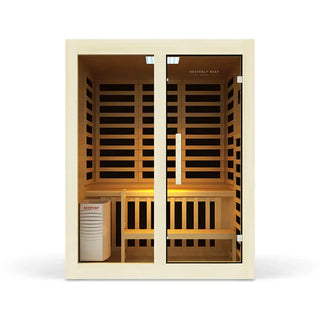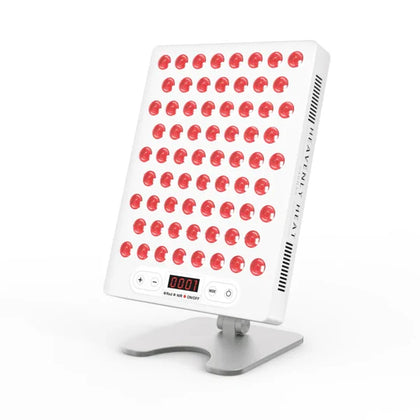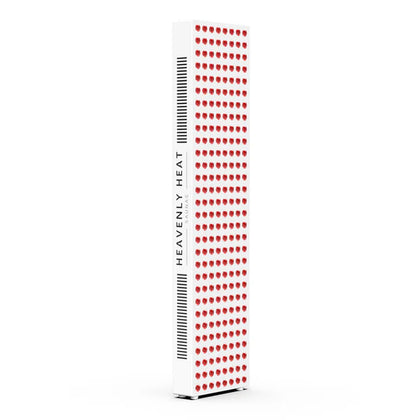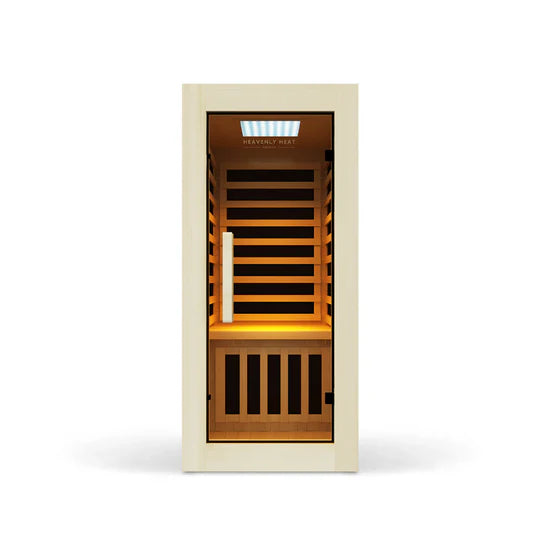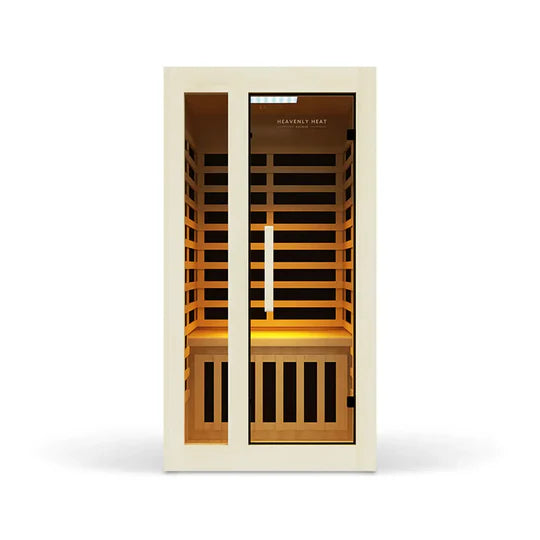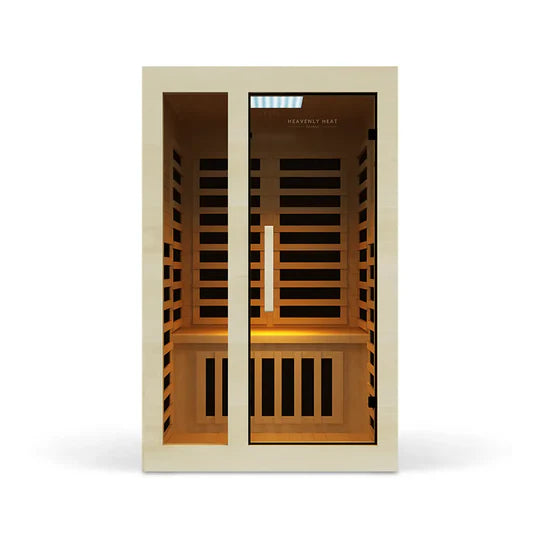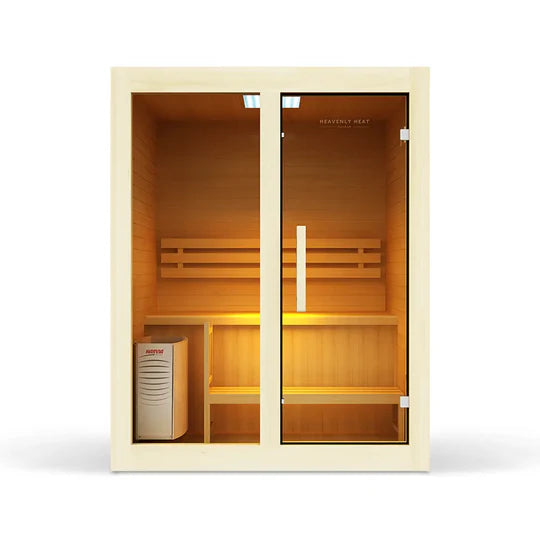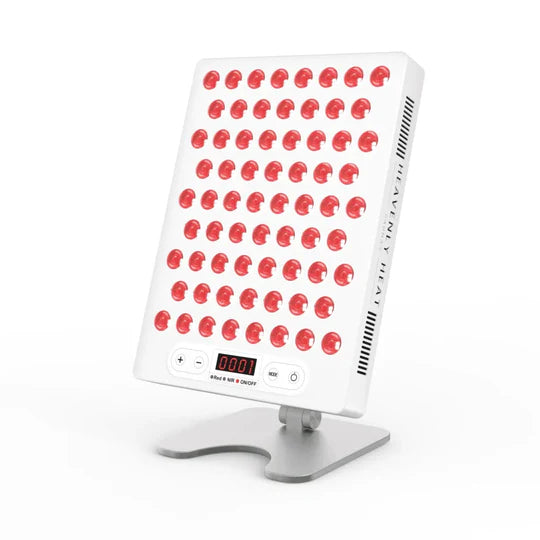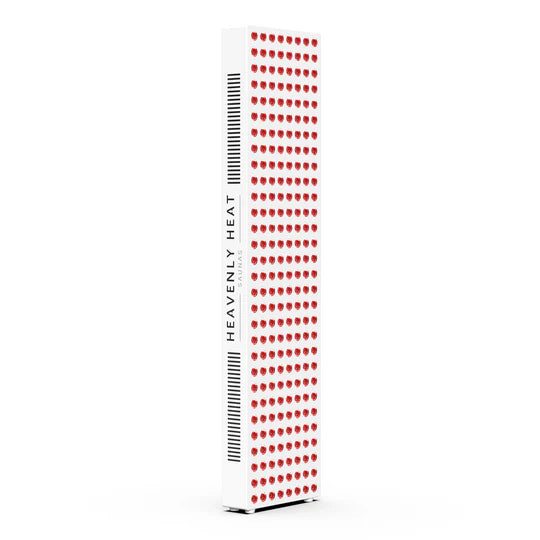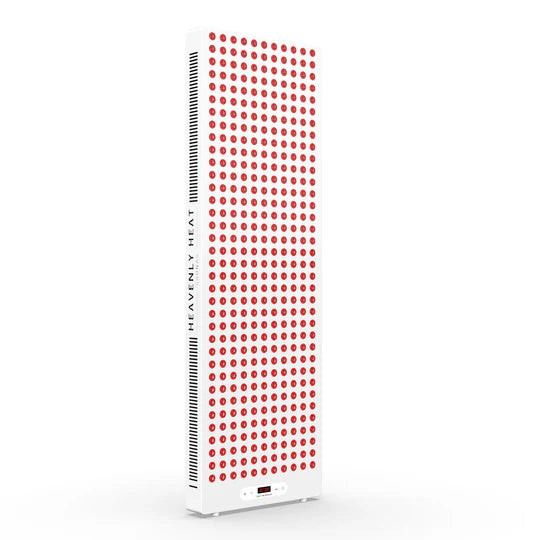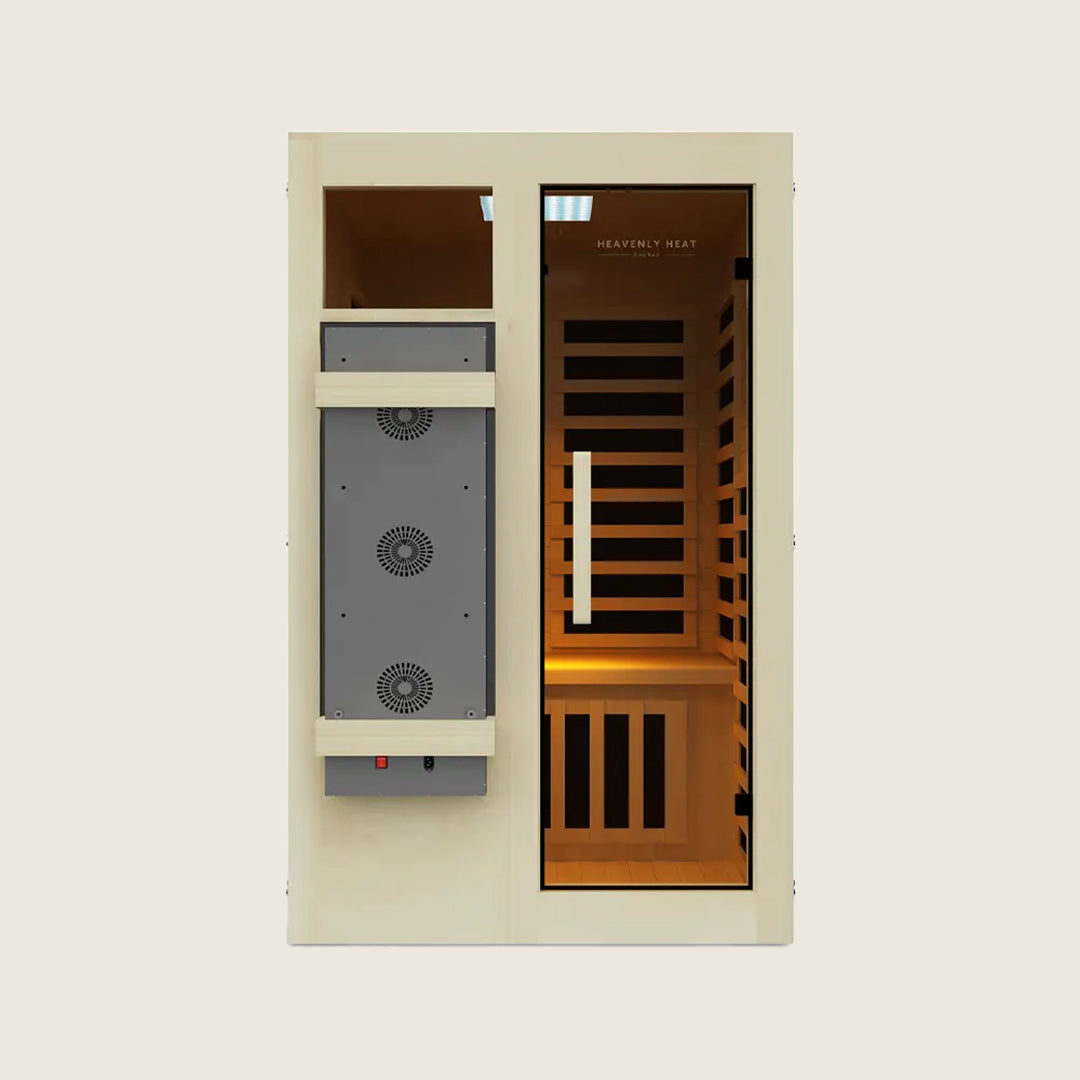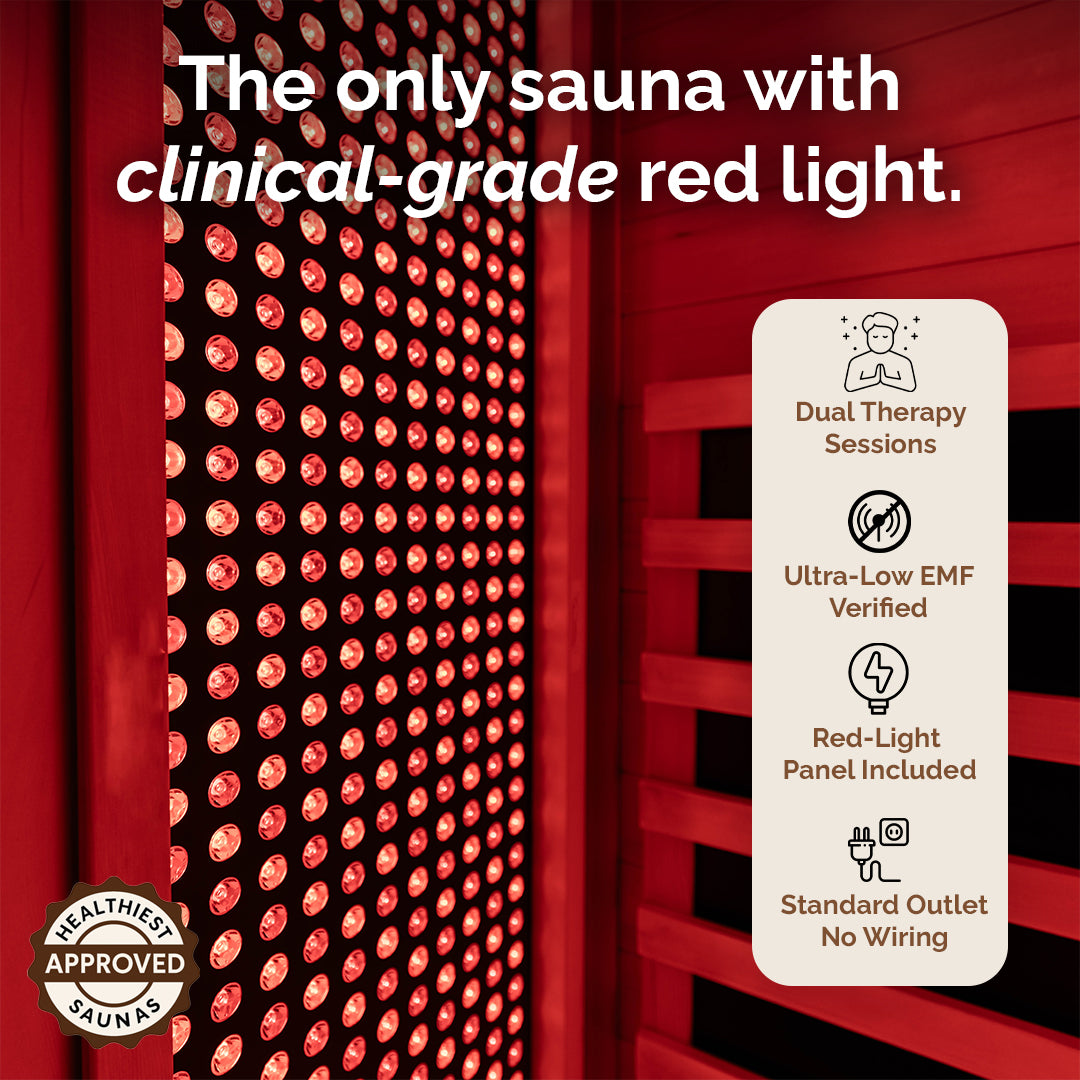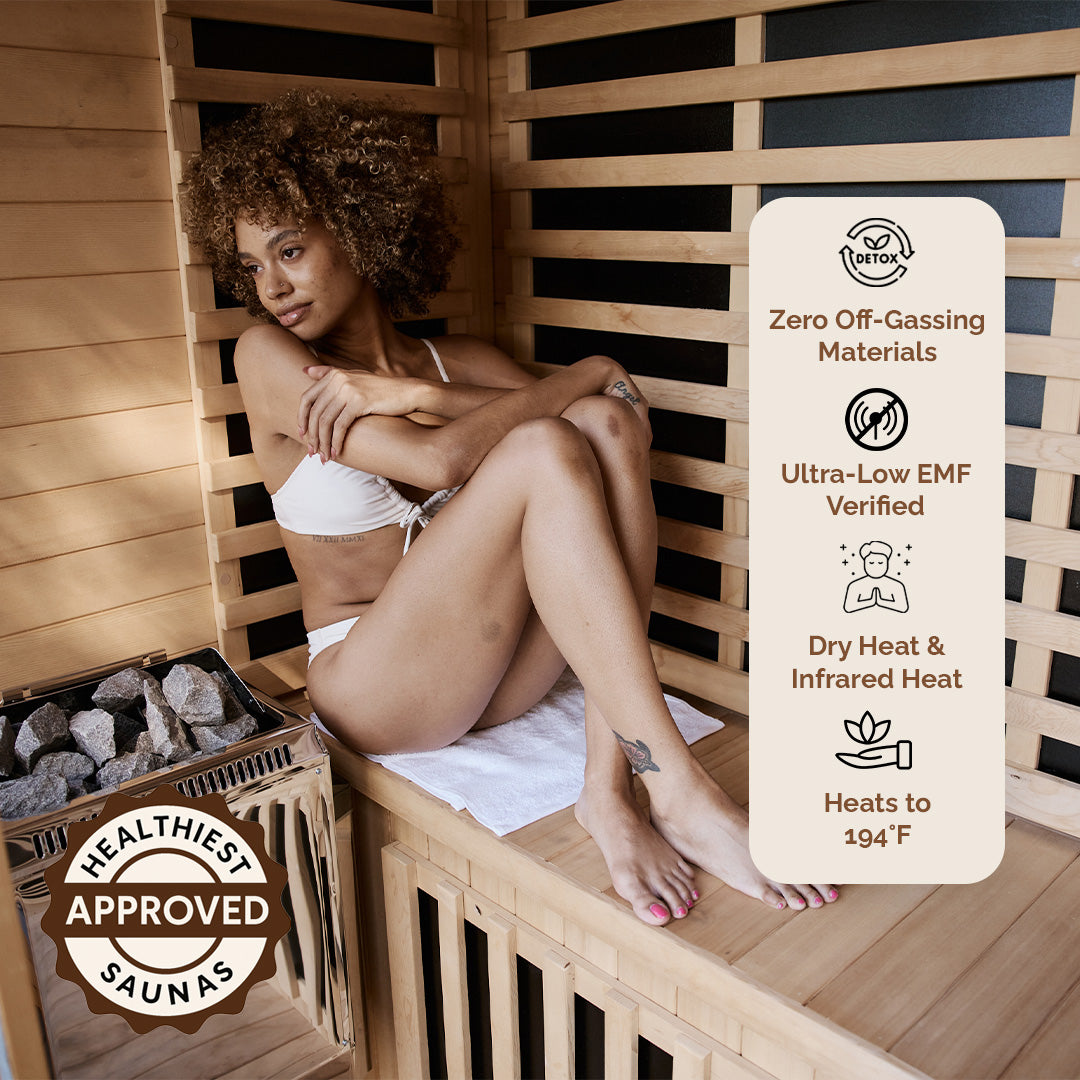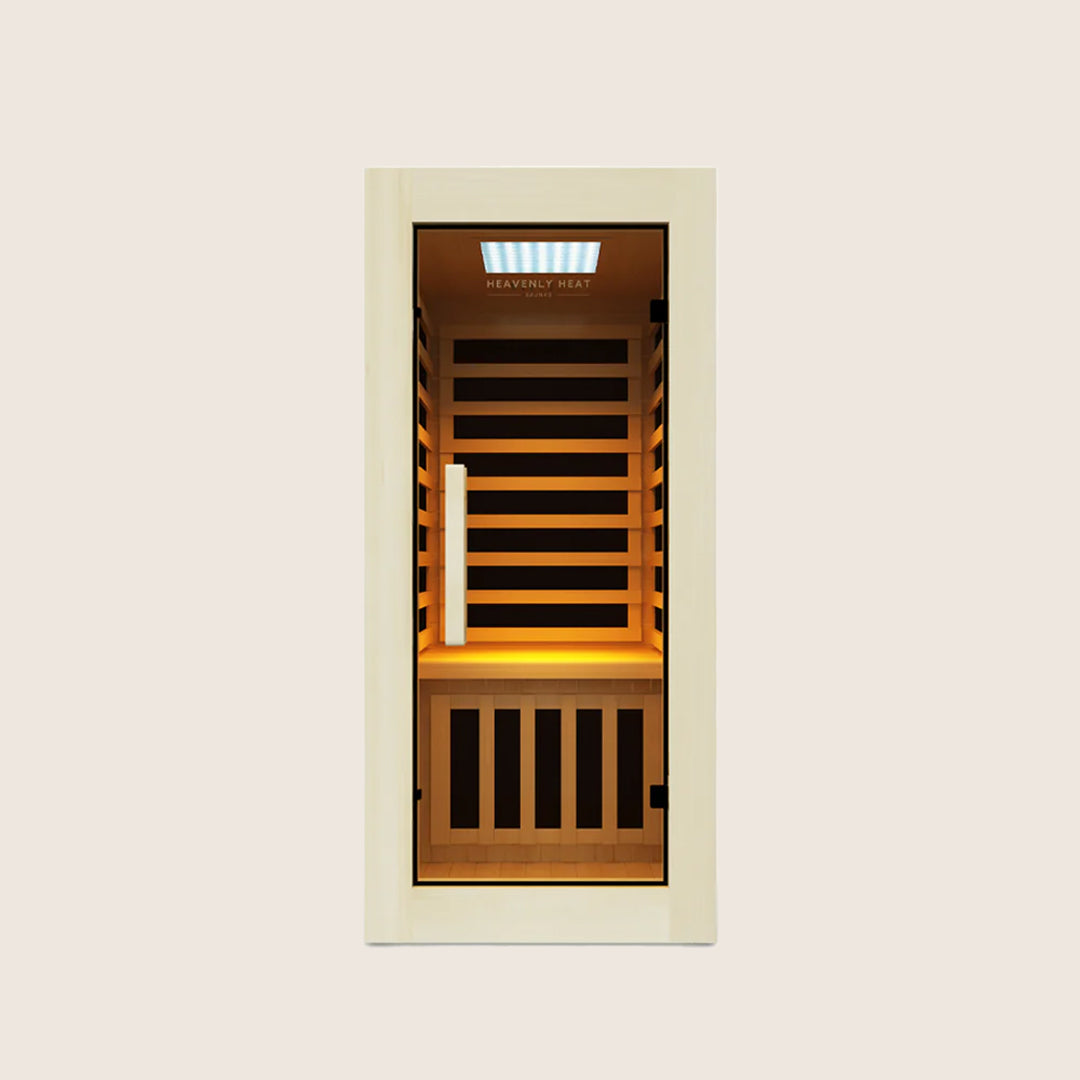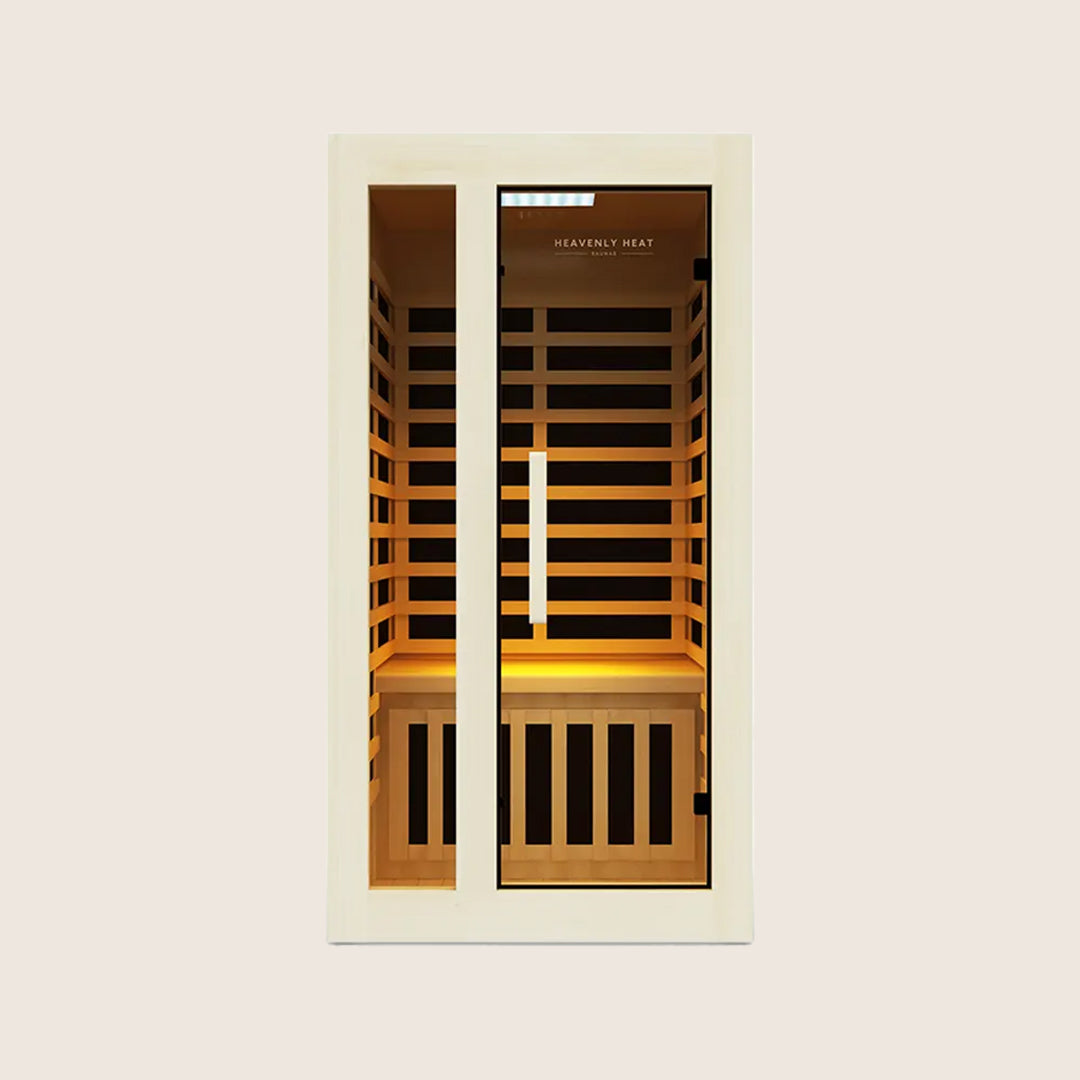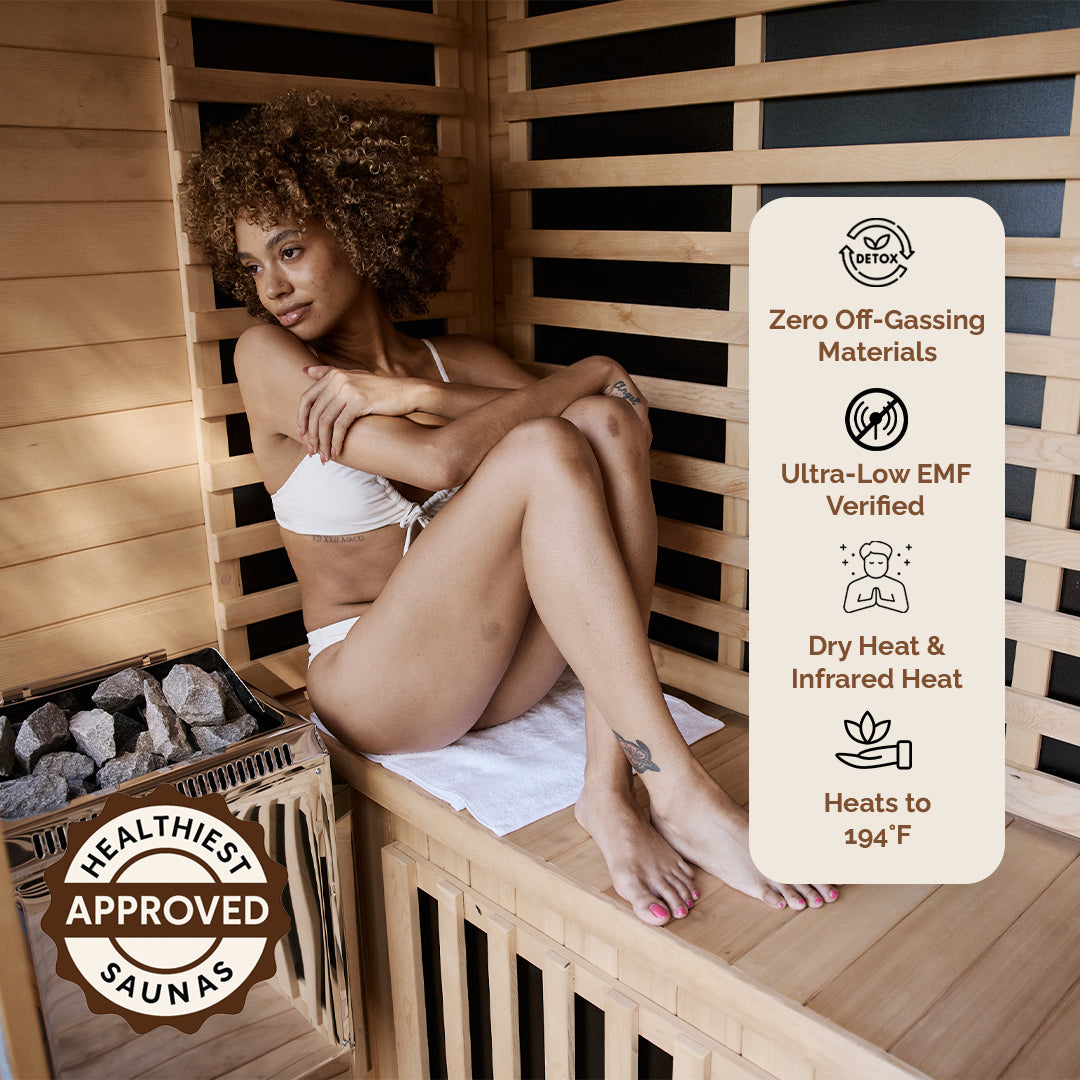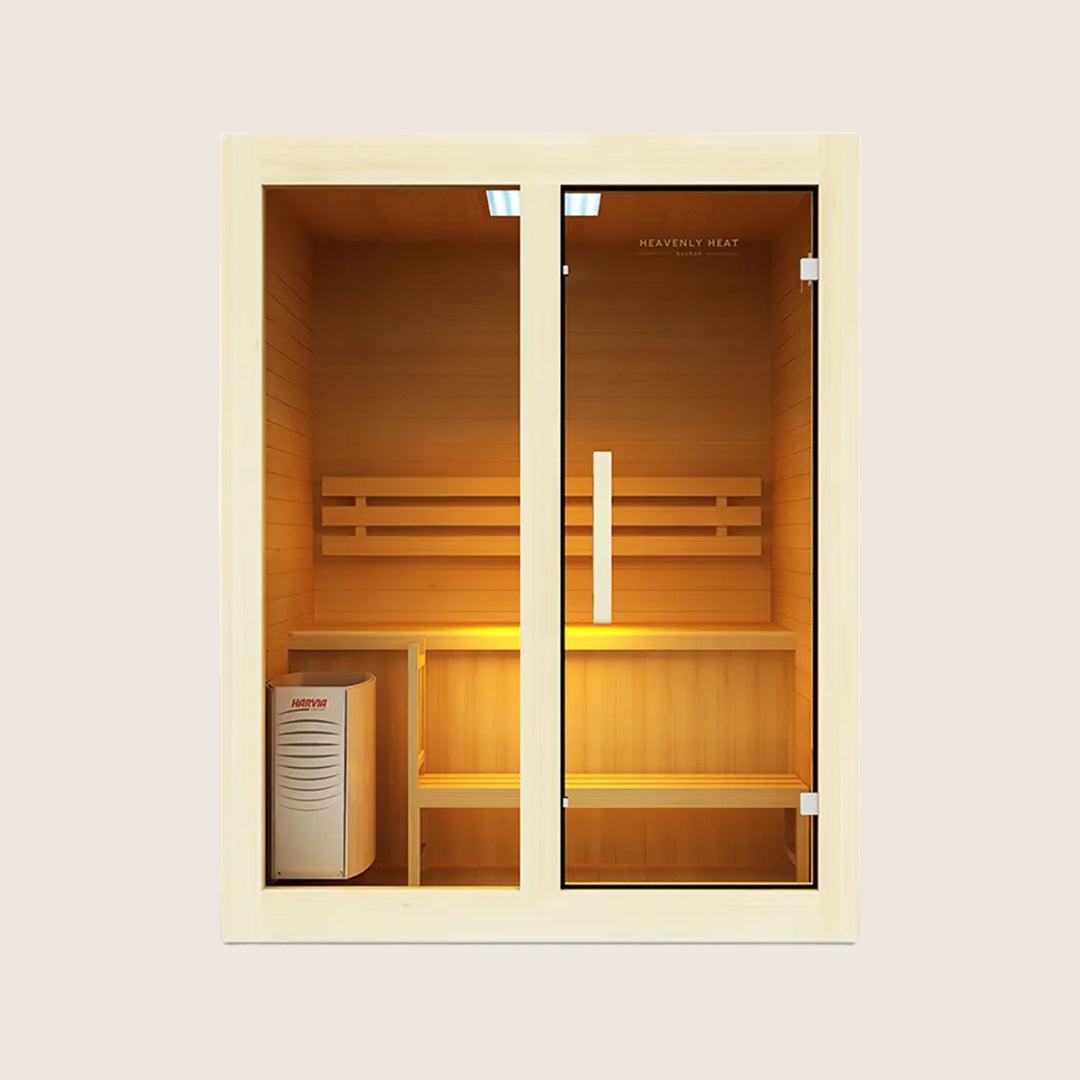Can You Keep Your Eyes Open During Red Light Therapy?

Red light therapy is popular for skin, pain relief, and even eye health, but is it safe for your eyes?
Should you keep them open or wear protection? Some say it is harmless, while others warn of risks.
Let’s break it down so you can enjoy the benefits without worrying about your eyes.
Table of contents
Key Takeaways
-
Red light therapy is generally safe for short sessions, but wearing goggles is recommended to protect your eyes.
-
Prolonged exposure without protection can lead to eye strain or discomfort, so always consider wearing goggles.
-
Red light therapy may help with eye conditions like macular degeneration and diabetic retinopathy.
-
Red light therapy is safer for your eyes than blue light or UV light therapy.
-
Always consult with an eye doctor if you have sensitive eyes or existing eye conditions before starting red light therapy.
Can You Keep Your Eyes Open During Red Light Therapy?
- Red light won’t harm your eyes in short sessions: Keeping your eyes open during red light therapy is generally safe if the session is short, so you don’t need to worry much at the beginning.
- Closing your eyes makes the session more comfortable: Many people close their eyes because the light can feel too bright, and doing so helps avoid that uncomfortable glare.
- Bright red light can make your eyes feel dry or tired: When your eyes stay open for longer sessions, you may feel dryness, irritation, or a bit of strain from the strong light.
- Wearing proper goggles protects your eyes easily: Using special goggles made for red light therapy keeps your eyes safe and prevents irritation, even during longer or repeated sessions.
- Safe protection means no damage or side effects: As long as your eyes are protected, red light therapy won’t cause problems, just listen to your body and make changes if anything feels off.
- Simple habits help you enjoy red light therapy fully: By doing small things like wearing goggles or adjusting your session time, you can get all the benefits without worrying about your eyes.
|
Scenario |
Keep Eyes Open |
Wear Goggles |
Safe to Use |
Precautions Needed |
| General use (healthy eyes) |
Yes |
No |
Yes |
None |
| Sensitive eyes |
No |
Yes |
No |
Use protective gear |
| After eye surgery (e.g., LASIK) |
No |
Yes |
No |
Consult doctor |
| With dry eyes |
No |
Yes |
Yes |
Use eye drops |
Should You Wear Goggles for Red Light Therapy?
- Not using goggles can hurt your eyes over time: It’s generally not safe to do red light therapy without eye protection. Prolonged exposure to intense light can strain your eyes or even cause damage over time.
- Wearing goggles makes the session safer and more comfortable: Wearing goggles not only shields your eyes from potential harm but also enhances the overall experience by allowing you to fully relax during your session.
- Good goggles block the bad light but let the healing light through: The right goggles filter out harmful wavelengths while letting the therapeutic light work effectively, ensuring both safety and better results.
- Skipping goggles can lead to eye strain or lasting damage: If you skip the goggles, you might experience discomfort, eye strain, or long-term damage.
- Buying proper goggles is a smart move for your eyes and results: Investing in specially designed red light therapy goggles helps protect your vision while maximizing the benefits of your treatment.
Should You Avoid Red Light Therapy If You Have Sensitive Eyes?
- Red light therapy usually doesn’t harm your eyes if they’re just a little sensitive: Most people with mild light sensitivity can safely use red light therapy without serious issues, though some may feel slight eye strain or irritation.
- A few simple steps can protect your eyes during the session: Wearing goggles, lowering the light level, or just keeping your eyes closed can help you get the benefits of therapy without bothering your eyes.
Can Red Light Therapy Help with Eye Conditions?
- People with medical light sensitivity or certain medications should skip it: Dr. Ian Strawford warns that anyone with light-sensitive medical conditions, or those taking medications that make the skin or eyes extra sensitive to light, should avoid red light therapy altogether.
- Light sensitivity is more common than you might think: Studies suggest that Around 10% to 20% of people in general are light sensitive. For those with migraines or dry eyes, the number can go as high as 80% to 90%.
- If your eyes are already dry, the therapy could make them feel worse: Red light therapy may increase dryness or irritation in people who already have dry eyes, making the symptoms more noticeable.
- Talking to an eye doctor first can save you from problems later: Before starting red light therapy, especially if your eyes are sensitive, it’s smart to check with your eye specialist to avoid unexpected issues.
- Red light helps slow down vision loss in macular degeneration: Red light therapy can protect eyesight by boosting blood flow and activating the cells in the retina, which may help slow down how fast vision fades in macular degeneration.
- It reduces swelling in the eyes and speeds up healing: By improving blood circulation, red light therapy can lower inflammation in the eyes and help the tissues heal more quickly.
- It can improve eyesight in people with diabetic eye problems: For people with diabetic retinopathy, red light therapy may help by sending more blood to the retina, which could slowly improve how well they see.
- Red light may help keep eye pressure under control in glaucoma: Managing glaucoma often means lowering the pressure in the eye, and red light therapy shows promise in helping reduce that pressure.
- It may help slow down cataracts and ease the discomfort: Even though it can’t cure cataracts, red light therapy might help the eyes feel better and possibly slow down how fast cataracts get worse.
- Red light therapy gives all-around support for eye health: Whether it’s helping with blood flow, healing, or pressure control, red light therapy shows real potential to support healthier eyes and better vision overall.

How Does Red Light Therapy Compare to Blue Light for Eye Safety?
- Red light doesn’t hurt your eyes even if used for a long time: Red light therapy is much safer for the eyes than blue light therapy, especially with long-term exposure. Its longer wavelength makes it gentler and less likely to cause irritation or harm.
- Blue light can slowly damage your eyes without you noticing: Blue light, because of its short and intense wavelength, can lead to eye strain, disturb your sleep, and over time, may even damage the retina.
- Science proves red light is not as risky for your eyes: Research has shown that the retina is more easily harmed by blue light. Red light, on the other hand, is much less likely to cause any eye problems.
- If you're worried about your eyes, red light is the better choice: For people who use light therapy regularly or over long periods, red light is clearly the safer option to protect your eyes and avoid problems later.
Is Red Light Therapy Safer for the Eyes Than UV Light?
- Red light doesn’t harm the eyes like UV light does: Red light therapy is much safer for the eyes than UV light, which can cause serious long-term damage over time.
- Red light helps eye cells stay healthy as we age: It supports the tiny powerhouses (mitochondria) in eye cells, helping them stay strong, repair damage, and function better with age.
- This therapy lowers the risk of age-related eye problems: By improving how eye cells work, red light can slow down aging effects and reduce the chances of issues like macular degeneration.
- A safe and gentle way to care for your eyes: Unlike harsh UV exposure, red light is gentle on the eyes while still being effective, making it a better long-term option for eye health.
Is Red Light Therapy Safer for the Eyes Than LED Face Masks?
- Red light therapy doesn’t hurt the eyes when used the right way: Red light therapy uses softer light that’s generally gentle on your eyes. As long as it’s used properly, there’s little risk of irritation or harm.
- LED face masks can feel too bright or uncomfortable for the eyes: The light from LED masks is stronger and more intense. If it shines too close or for too long, it can cause eye strain or discomfort.
- Red light might even help your eyes feel less tired: Some studies show red light therapy could reduce eye fatigue. Instead of causing problems, it might actually make your eyes feel better over time.
- More people are choosing red light therapy because they trust it: In places like the UAE, 70% of people are already using red light therapy. Its growing popularity shows that many believe it’s a safe and helpful option.
- Wearing eye protection makes LED face masks safer: To avoid any eye issues with LED masks, it’s smart to wear protective eyewear or make sure the light doesn’t shine directly on your eyes.
- Following the instructions can protect your eyes from both: Whether you’re using red light or LED masks, always follow the safety guidelines. This helps avoid any risks and keeps your eyes safe.
FAQs
Can Red Light Therapy Cause Temporary Blurriness?
Red light therapy is popular for its health benefits, but some may experience temporary blurriness during or after treatment. This occurs due to eye strain or sensitivity to bright red light. The blurriness usually fades within minutes to a few hours. If you experience it, it's typically safe to continue therapy, but ensure your eyes are protected. Red light therapy may also trigger dry eyes, worsening the blurriness. If discomfort arises, take a break and use eye drops.
Can Red Light Therapy Interfere with Contact Lenses?
Red light therapy is generally safe with contact lenses, but it may cause dryness or irritation, especially if your eyes are sensitive or prone to dryness. If discomfort occurs, it's best to remove your lenses. While red light therapy can help reduce dryness and inflammation, consult your optometrist if you have concerns or specific eye conditions.
Does Red Light Therapy Interact with Eye Surgery or Laser Treatments?
Red light therapy can support healing, but its use after eye surgeries requires caution. After LASIK, it's best to wait a few weeks for healing. After cataract surgery, red light therapy generally doesn’t interfere, but consult your doctor for advice. If you've had glaucoma treatments, red light therapy might affect intraocular pressure, so be cautious. Always consult your eye specialist before combining red light therapy with other treatments to avoid complications. Prioritize professional advice post-surgery.
How Do You Choose a Red Light Therapy Device That’s Safe for Eye Use?
When choosing a red light therapy device for eye use, focus on safety features like adjustable intensity and wavelengths between 600-650 nm, which are safe for eye exposure. Look for certifications or labels indicating compliance with medical safety standards. Devices designed for eye health often include protective features like goggles or shields. Ensure the device has passed safety tests and meets recognized certifications.
How Close Should Your Eyes Be to the Red Light?
When using red light therapy, maintain a distance of 6 to 12 inches from the light to ensure eye safety. This distance provides the benefits of the therapy without risking eye damage. Larger devices may require more distance to avoid excessive intensity. Keep about 6 inches between the light and your eyes for optimal safety and effectiveness.


